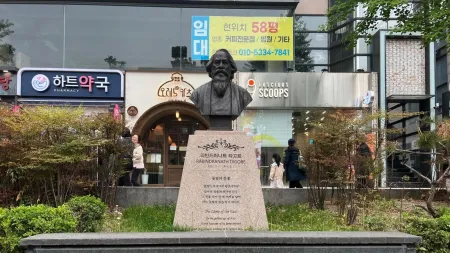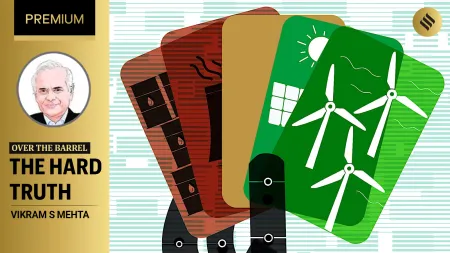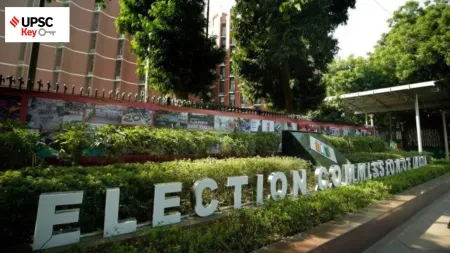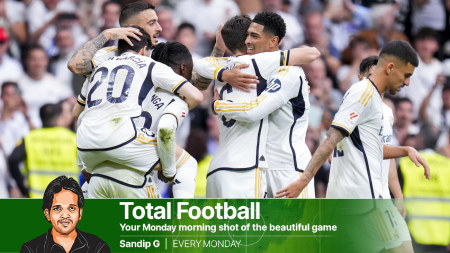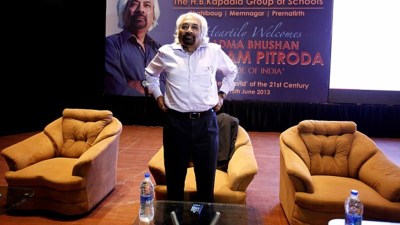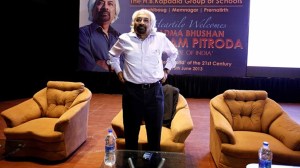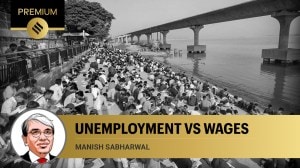- India
- International
Across the aisle- India at 70: The curse of caste
How and why the caste system has survived through the centuries is a puzzle. Why did the Kshatriyas and Vaishyas, who had power and money, accept the Brahmin as their superior? Why was the guru invariably a Brahmin?
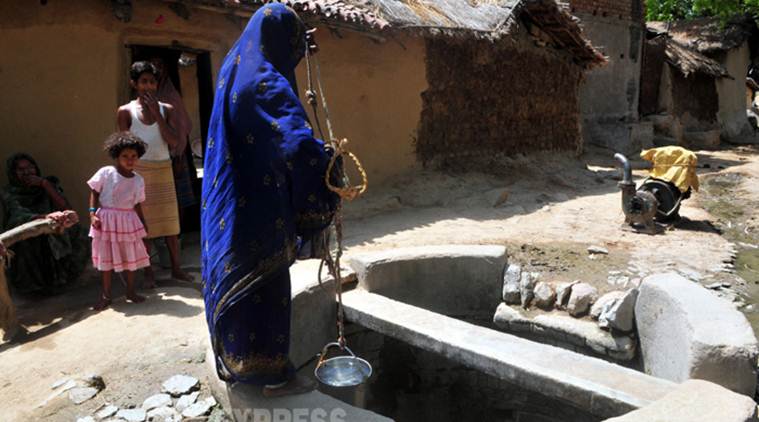 By any standard, varna, caste and untouchability made Hindu society one of the most oppressive, exploitative and less productive social systems in the world.
By any standard, varna, caste and untouchability made Hindu society one of the most oppressive, exploitative and less productive social systems in the world.
One of the lessons that I have learned over the years is that a sense of caste superiority (or being casteist) can sit well with many virtues without the virtuous person feeling guilty or ashamed about it. Among the caste conscious were — and are — academics, writers, professionals and political leaders.
For example, few could match C Rajagopalachari (“Rajaji”) in terms of scholarship, intellect and selfless service. He was a natural choice as Chief Minister of Madras, as the state was then called. He was a great administrator, yet he stumbled on an issue that had a direct connection to caste. He advocated ‘vocational training’ as part of the school curriculum but, instead of leaving the choice of skill/trade to the student based upon his aptitude, Rajaji pushed for the student to follow the trade or occupation of his father. Rajaji’s scheme was quickly dubbed kula kalvi or caste-based education, the ruling Congress party revolted, and he was forced to resign. (Rajaji had erred, but I do not believe he was casteist.)
Unbreachable Divisions
The origins of the Indian caste system lie in varna. Varna is the four-fold division among Hindus — Brahmin, Kshatriya, Vaishya and Sudra. The lines that divided them were horizontal, hierarchical and unbreachable: once you were born in a Brahmin or Kshatriya or Vaishya or Sudra family, you will remain there for your life and your progeny will remain there for the duration of their lives. Nothing could be more offensive to an individual’s self-worth and dignity. Buddhism and Jainism were born out of a revolt against the unbreachable divisions in the Hindu religion.
If varna was bad, jati or caste made the system worse. Within each varna there were divisions and sub-divisions and each one of them came to represent a caste (jati) or a sub-caste. Each caste or sub-caste became a closed shop; it framed its own tyrannical rules; and violations were punished by exclusion or expulsion.
The worst form of caste oppression was untouchability. An ‘untouchable’ — now called a Dalit — was totally excluded from Hindu society. He was not only lower than the Sudra, the lowest in the varna hierarchy, he was actually outside Hindu society. His role was to serve those who belonged to the varna hierarchy, to fill lower-order occupations like cobbler and undertaker, and to do the ‘unclean’ jobs such as scavenging and skinning carcasses. Of course, the Dalits were also a source of cheap farm labour for the other castes.
Revolt and Support

By any standard, varna, caste and untouchability made Hindu society one of the most oppressive, exploitative and less productive social systems in the world. Note the words ‘less productive’: if millions were denied access to education, fair wages, right to property, social mobility and political representation, how could that society achieve its full economic potential?
Some of these issues were brought to the fore during the freedom struggle. Babasaheb Ambedkar emerged as the authentic voice of the Dalits. E V Ramasamy (“Periyar”) took up the cause of the non-Brahmin castes: in Tamil Nadu the non-Brahmins constituted nearly 97 per cent of the Hindu population! Sri Narayana Guru worked to liberate and unite the so-called lower castes, especially the Ezhava.
The goal of freedom absorbed the nation’s attention, social reform remained in the background. The leaders were true patriots, willing to sacrifice everything, including their lives, in the cause of freedom. Their sole weakness, it appears in retrospect, was allegiance to caste. Christophe Jaffrelot, in an illuminating article (The Indian Express, August 4, 2017), has quoted from the speeches of Mahatma Gandhi, Madan Mohan Malaviya, K M Munshi, Rajaji and Dayanand Saraswati in the 1920s and 1930s and argued that they had legitimised the varna hierarchy, that was “imbued with anti-individualistic values”. Jaffrelot has also quoted from Deendayal Upadhyaya’s writings in 1965 and from a contemporary speech of Mr Yogi Adityanath.
The views of some leaders evolved and changed over time, in the cases of some other leaders the views seem to have become more regressive. Gandhiji said “I do not believe in caste in the modern sense. It is an excrescence and a handicap on progress.” On the other side, Mr Yogi Adityanath is quoted to have said “Castes play the same role in Hindu society that furrows play in farms, and help in keeping it organised and orderly.”
Centuries-old Puzzle
How and why the caste system has survived through the centuries is a puzzle. Why did the Kshatriyas and Vaishyas, who had power and money, accept the Brahmin as their superior? Why was the guru invariably a Brahmin? Is it because humans crave an associational life, that caste became a convenient association that gave a measure of physical and social security? Thanks to education and urbanisation, caste may be eroding at the edges of Hindu society, but caste still sits at the core of Hindu society.
Notwithstanding the Constitution of India or Articles 14, 15, 16, 17 and 21, caste and casteism survive to this day. Caste is the most dominant factor in politics, social relations and marriage. Caste has significant influence, in varying degrees, in government administration, private sector, trade and professions. There are deep caste divisions in the world of art, culture and literature.
In my view, caste is a curse that diminishes the potential of India and the Indian people. The annihilation of caste is nowhere in sight.
EXPRESS OPINION
More Explained
May 08: Latest News
- 01
- 02
- 03
- 04
- 05




